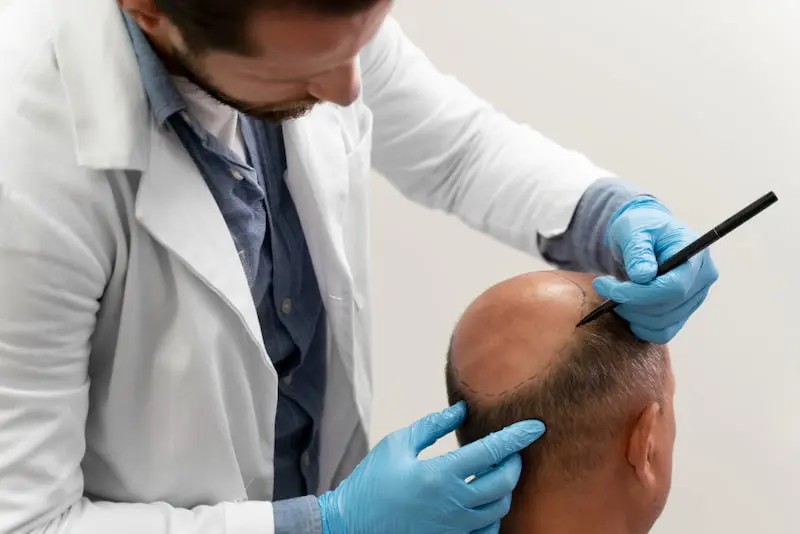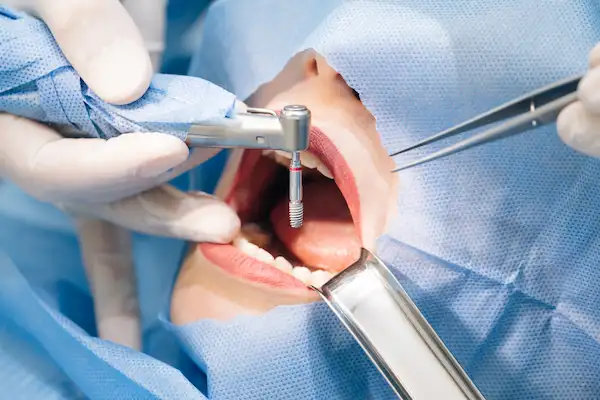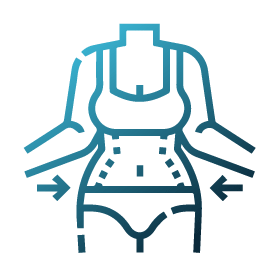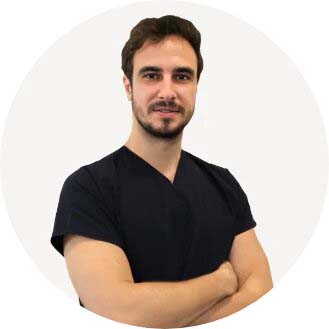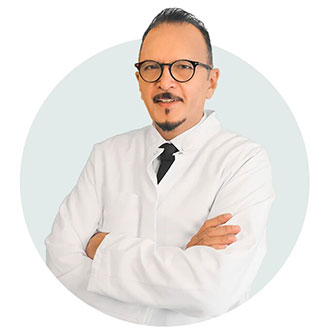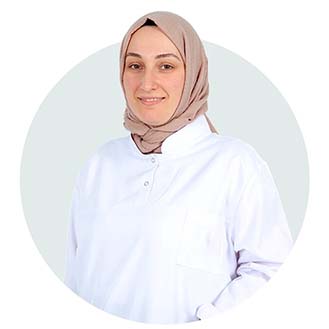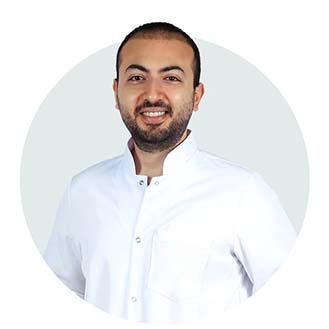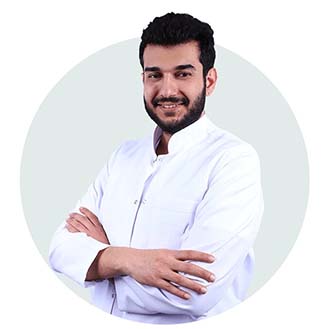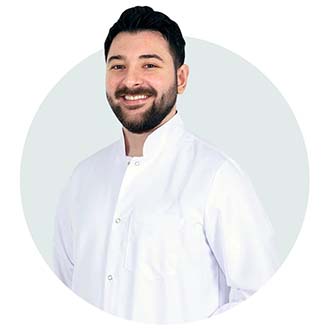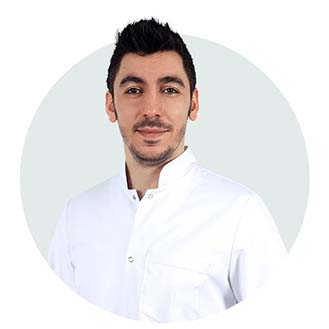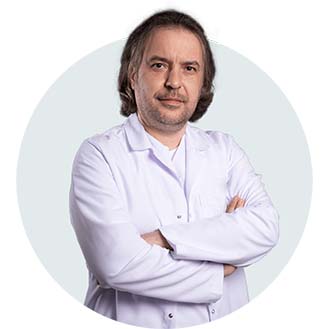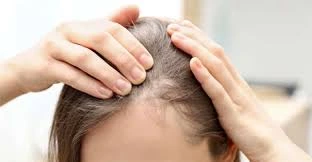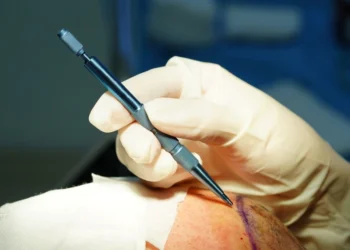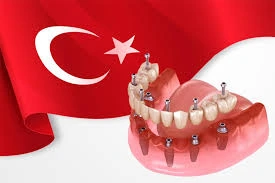





بروف كلينيك في تركيا
مرحبًا بكم في المكان الأفضل لاستعادة شبابكم وزيادة جمالكم!

تجربة المريض
نحن نبني روابط مع مرضانا من خلال تقديم خدمات قيمة يتم التعامل معها دائمًا بمسؤولية.
الالتزام بالنتائج
إن السعي إلى التميز في النتائج هو التزامنا المستمر. إن مؤهلاتنا تضمن لنا ميزة تنافسية دائمة.


السُمعة والمصداقية
نحن نفخر بإنجازاتنا الفردية والجماعية. نحن لا نبخل أبدا بالجودة. إن شفافيتنا واجتهادنا يميزاننا عن منافسينا.

تعال كما أنت، وغادر بالمظهر الذي تريده!
أصبحت Prof-Clinic هي الأكثر توصية من قبل المرضى في جميع أنحاء العالم بفضل نتائجها الممتازة وبروتوكولات السلامة والأسعار المعقولة.
تعد Prof-Clinic موطنًا للجراحين والأطباء الأكثر تأهيلاً في تركيا. يضمن كل متخصص في مجالات تخصصه أفضل النتائج الممكنة لكل مريض.
خدمات VIP للسياحة العلاجية
✔︎ إقامة في فنادق فاخرة
استمتع بأرقى أماكن الإقامة أثناء إقامتك في إسطنبول. نحن نتشارك مع فنادق مرموقة تشتهر بأناقتها وراحتها، مما يضمن أن تجربتك خارج عيادتنا فاخرة تمامًا مثل الرعاية التي تتلقاها داخلها.
✔︎ رعاية طبية استثنائية
يلتزم فريقنا من المهنيين الطبيين ذوي المهارات العالية والخبرة بتقديم أعلى مستوى من الرعاية. منذ اللحظة التي تدخل فيها أبوابنا، يمكنك أن تثق أنك في أيادٍ ماهرة.

✔︎ حجز تذكرة الطيران
نحن نقدم خدمة حجز تذكرة الطيران الشخصية. سواء كنت قادمًا من مدينة قريبة أو من منتصف الطريق حول العالم، سيتولى فريقنا المتخصص التعامل مع لوجستيات السفر الخاصة بك، مما يجعل رحلتك إلى إسطنبول سلسة وخالية من القلق.
✔︎ تنقلات مريحة وآمنة في اسطنبول
قد يكون التنقل في مدينة جديدة أمرًا مرهقًا، ولكن مع خدمة نقل كبار الشخصيات التي نقدمها، يمكنك الاسترخاء والاستمتاع بالرحلة. سيقوم سائقونا المحترفون بنقلك من وإلى مواعيدك والفندق وأي وجهة أخرى في إسطنبول بأقصى درجات الراحة والأمان.
ما الذي يجعلنا أفضل مركز لجراحة التجميل في تركيا؟
فريقنا الطبي المتخصص
المرضى السعيدين
هل لديك فضول حول تجارب المرضى؟
+100.000 عميل سعيد والعدد في ازدياد في أكثر من 80 دولة
Latest Blogs
In Prof Clinic Blogs, we deal with current events in plastic surgery, bariatric surgery, dental treatments, hair transplants, and much more. Different treatments and procedures are discussed to clearly explain their benefits to you.
تواصل معنا
ما عليك سوى الاتصال بنا،
وسوف نقوم بترتيب كل شيء بالنسبة لك.


